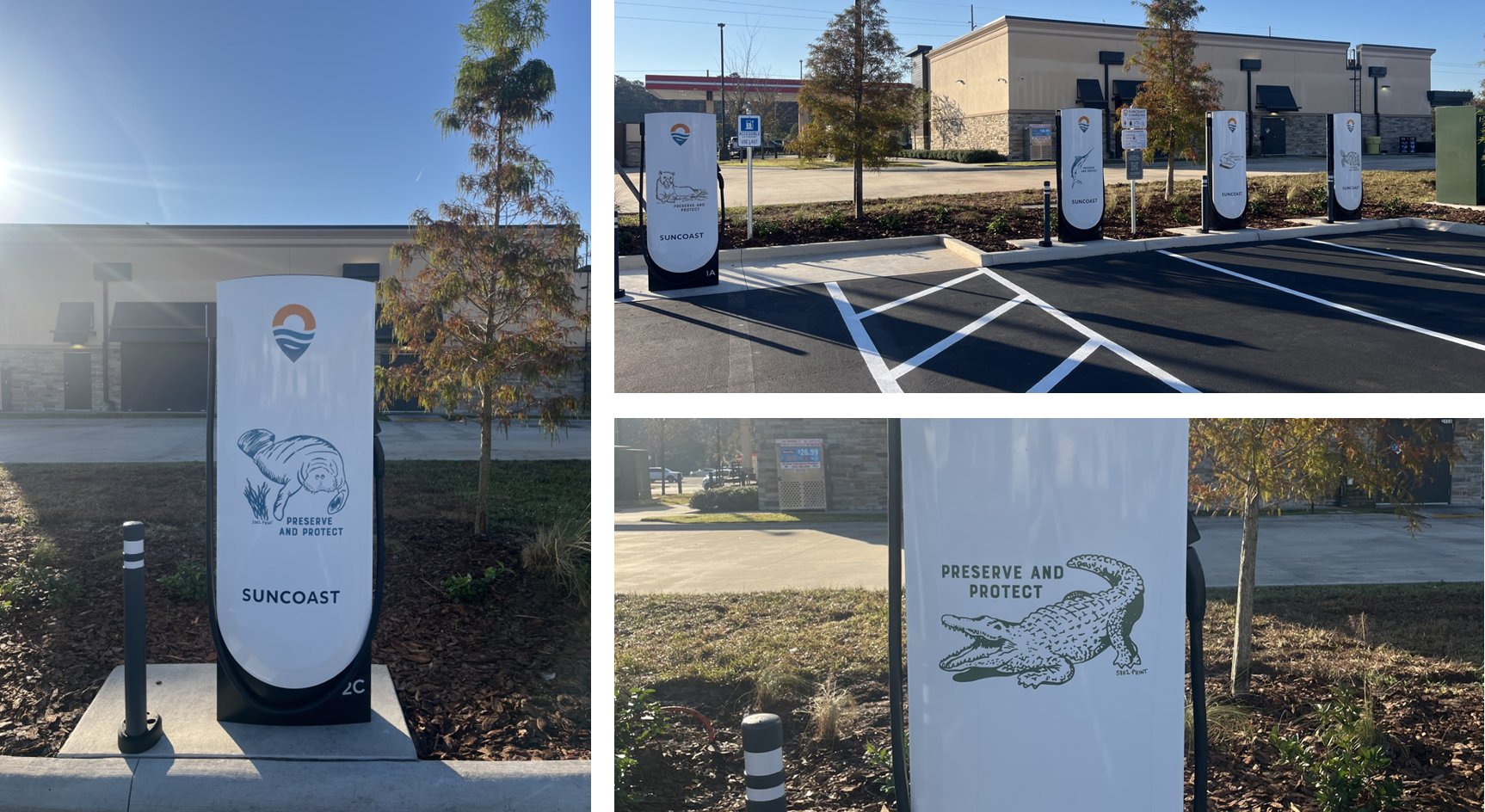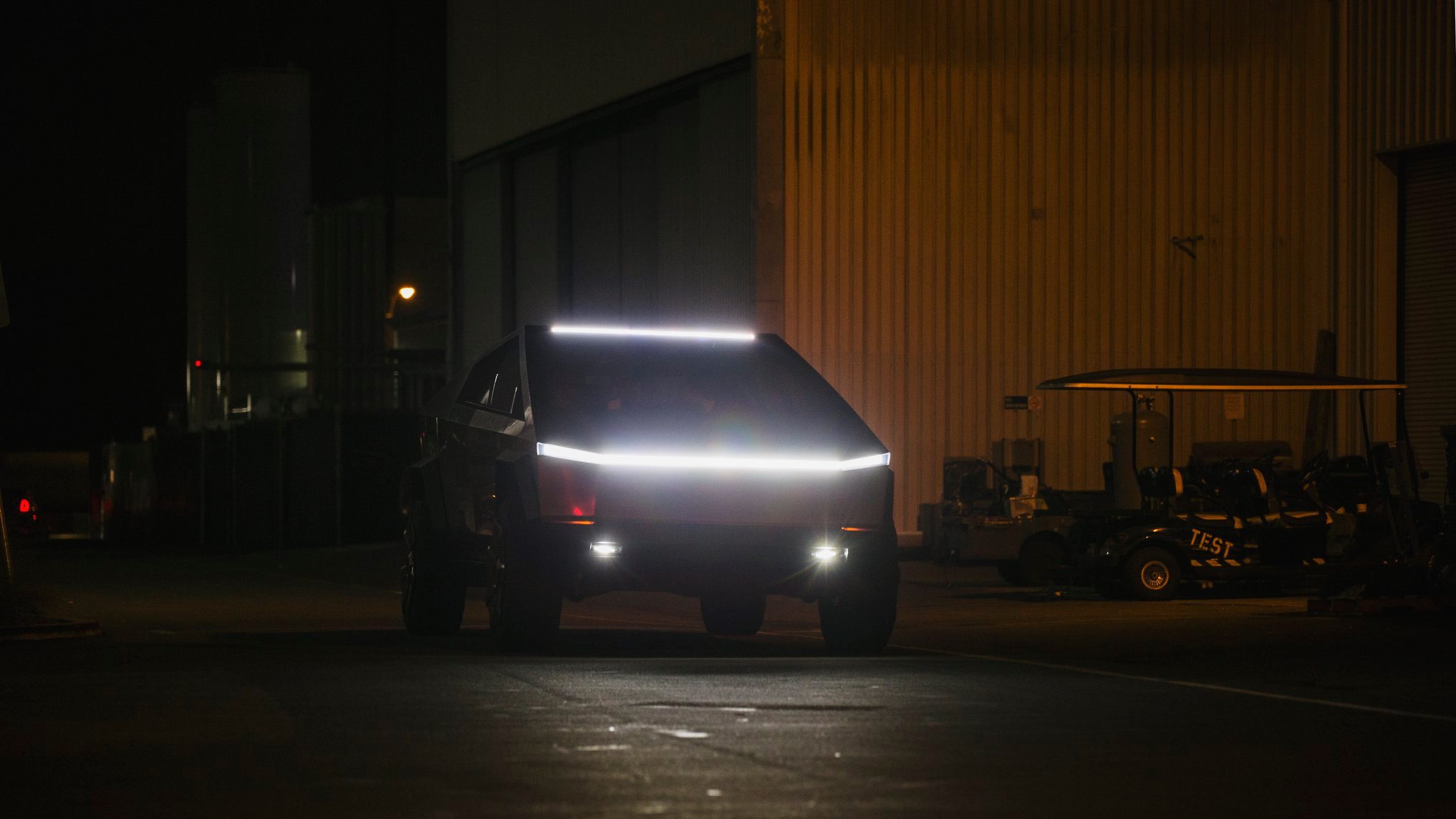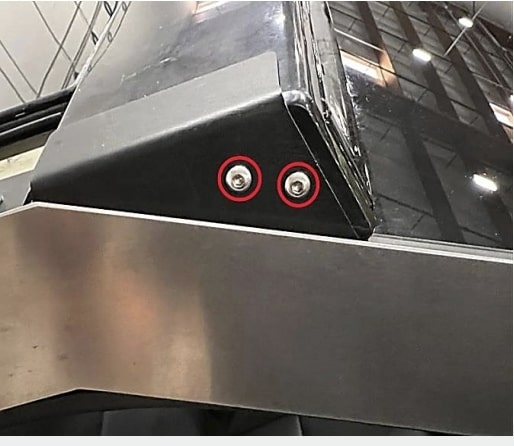The Information reports that SpaceX President and COO Gwynne Shotwell “will assume oversight” of the company’s Starship program and Starbase facilities, seemingly stepping in for Elon Musk as the CEO shifts his focus to Twitter.
In his own words, Twitter appears to be in a precarious position after the Tesla CEO and SpaceX founder purchased the social media platform for an inflated price of $44 billion, saddling it with immense debt. The immediate implementation of far-reaching changes (or threats of changes) have scared off existing advertisers, slashing the company’s already tenuous revenue, and Musk himself admitted on November 10th that the company as it stands is losing billions of dollars per year and could face bankruptcy if its plan to charge a subscription for a verification badge – a service that was, in theory, previously free – isn’t highly successful.
Simultaneously, poorly planned layoffs that targeted half of all Twitter staff appear to have maimed the company’s technical expertise and triggered the departure of numerous senior employees and executives, while also catching the attention of the US Federal Trade Commission. If he wants Twitter to survive, let alone thrive, it appears that Musk will have to divert most of his attention to the social media app for the indefinite future, forcing him to step back from some of his day-to-day work at SpaceX and Tesla.
Enter Gwynne Shotwell, a long-time executive second only to Musk that has often been viewed as “the adult in the room” – a source of stability that bridges the gaps between the CEO’s chaotic and whiplash-inducing style of management. Hired in 2002, it’s entirely possible that SpaceX wouldn’t have survived if her sales acumen hadn’t convinced NASA to take a billion-dollar bet on the company in 2008. But NASA ultimately took that bet right when SpaceX needed it most, and Shotwell went on to help secure another several billion dollars of launch contracts from all possible sectors.
She became President and COO after navigating NASA’s first major SpaceX contract in 2008 and still holds both positions 14 years later. Given that position, The Information’s report is thus somewhat surprising. As Chief Operating Officer, Shotwell was, by definition, already overseeing Starbase operations and the Starship program to some degree. It’s possible that her day-to-day work mainly focused on SpaceX’s Dragon, Falcon, and Starlink programs, but it would be almost impossible for a COO with a reputation as good as hers not to pay close attention to a program that likely represents half (or more) of SpaceX’s R&D spending.
More importantly, Starship, according to CEO Elon Musk, is the future of all SpaceX programs. If successful, the fully-reusable rocket will be able to launch at least five times the payload of SpaceX’s workhorse Falcon 9 rocket for even less than the smaller rocket’s already extraordinary marginal cost of ~$15 million. With ultra-low launch costs and orbital refueling, Starship could become the most high-performance rocket in history and outclass multi-billion-dollar single-use behemoths like Saturn V and SLS for a price tag less than Falcon 9 and Falcon Heavy today ($70-100 million).
Eventually, with enough experience and refinement, that combination of cheap launches and reliable refueling could allow SpaceX to achieve its ultimate purpose: building a self-sustaining human presence on Mars. In the nearer term, Musk once stated that SpaceX could go bankrupt if Starship wasn’t ready to begin launching the next generation of Starlink internet satellites in the near future, without which the constellation would apparently be a financial liability. While the CEO was almost certainly exaggerating the severity of the situation, it still emphasizes that Starship is viewed as a keystone that can ensure the long-term sustainability of all of SpaceX’s programs.
In April 2021, even NASA fully bought into Starship, awarding SpaceX a $2.9 billion contract to develop the system and create a version of the rocket’s upper stage that can land astronauts and cargo on the Moon. In 2022 alone, that Human Landing System (HLS) contract earned SpaceX more than $800 million, and NASA’s attachment to Starship has made the program’s success even more essential.
It’s little surprise, then, that Musk would explicitly ask Shotwell – SpaceX’s biggest ‘gun’ – to oversee the program in his unplanned absence. It’s unclear if that means she will hand the day-to-day operations of other major SpaceX programs to direct reports or if the new position involves an expansion of her existing Starbase and Starship oversight. But it’s safe to assume that Shotwell’s deeper involvement is unlikely to hurt the programs.
The Information also reports that SpaceX executive Mark Juncosa – a brash, unconventional engineer that’s successfully led the Starlink program since Musk fired several over-cautious executives in 2018 – took over technical leadership of the Starship program in the summer of 2022. Executives Joe Petrzelka and Bill Riley, who previously filled that role alone, now report to Juncosa, who reports to Shotwell.

News
Tesla launches its new branded Supercharger for Business with first active station

Tesla has officially launched its first branded Supercharger just months after initiating a new program that allows third-party companies to brand their own charging piles.
The site opened in Land O’ Lakes, Florida, and features eight V4 Supercharging stalls offering up to 325 kW of charging speed. It appears it was purchased by a company called Suncoast Credit Union. This particular branch is located Northeast of Tampa, which is on the Gulf of Mexico.
It features graphics of Florida animals, like alligators:
Here’s a video of the graphics being installed on the Tesla Superchargers at this site: https://t.co/oIfEPNZjAH pic.twitter.com/ENWakZ2qT9
— TESLARATI (@Teslarati) November 20, 2025
Tesla launched this program back in September, and it basically was a way to expand its Supercharger presence and also allow companies to pay for the infrastructure. Tesla maintains it. When it announced the “Supercharger for Business,” it said:
“Purchase and install Superchargers at your business. Superchargers are compatible with all electric vehicles, bringing EV drivers to your business by offering convenient, reliable charging.”
The program does a few things. Initially, it expands EV charging infrastructure and makes charging solutions more readily available for drivers. It can also attract people to those businesses specifically.
Tesla launches new Supercharger program that business owners will love
The chargers can also be branded with any logo that the business chooses, which makes them more personalized and also acts as an advertisement.
The best part is that the customers do not have to maintain anything about the Supercharger. Tesla still takes care of it and resolves any issues:
“We treat your site like we treat our sites. By providing you with a full-service package that includes network operations, preventative maintenance, and driver support, we’re able to guarantee 97% uptime–the highest in the industry.”
It appears the Superchargers will also appear within the in-car nav during routing, so they’ll be publicly available to anyone who needs to use them. They are still available to all EVs that have worked with Tesla to utilize its infrastructure, and they are not restricted to people who are only visiting the business.
Cybertruck
Tesla reveals its Cybertruck light bar installation fix

Tesla has revealed its Cybertruck light bar installation fix after a recall exposed a serious issue with the accessory.
Tesla and the National Highway Traffic Safety Administration (NHTSA) initiated a recall of 6,197 Cybertrucks back in October to resolve an issue with the Cybertruck light bar accessory. It was an issue with the adhesive that was provided by a Romanian company called Hella Romania S.R.L.
Tesla recalls 6,197 Cybertrucks for light bar adhesive issue
The issue was with the primer quality, as the recall report from the NHTSA had stated the light bar had “inadvertently attached to the windshield using the incorrect surface primer.”
Instead of trying to adhere the light bar to the Cybertruck with an adhesive, Tesla is now going to attach it with a bracketing system, which will physically mount it to the vehicle instead of relying on adhesive strips or glue.
Tesla outlines this in its new Service Bulletin, labeled SB-25-90-001, (spotted by Not a Tesla App) where it shows the light bar will be remounted more securely:


The entire process will take a few hours, but it can be completed by the Mobile Service techs, so if you have a Cybertruck that needs a light bar adjustment, it can be done without taking the vehicle to the Service Center for repair.
However, the repair will only happen if there is no delamination or damage present; then Tesla could “retrofit the service-installed optional off-road light bar accessory with a positive mechanical attachment.”
The company said it would repair the light bar at no charge to customers. The light bar issue was one that did not result in any accidents or injuries, according to the NHTSA’s report.
This was the third recall on Cybertruck this year, as one was highlighted in March for exterior trim panels detaching during operation. Another had to do with front parking lights being too bright, which was fixed with an Over-the-Air update last month.
News
Tesla is already expanding its Rental program aggressively
The program has already launched in a handful of locations, specifically, it has been confined to California for now. However, it does not seem like Tesla has any interest in keeping it restricted to the Golden State.

Tesla is looking to expand its Rental Program aggressively, just weeks after the program was first spotted on its Careers website.
Earlier this month, we reported on Tesla’s intention to launch a crazy new Rental program with cheap daily rates, which would give people in various locations the opportunity to borrow a vehicle in the company’s lineup with some outrageous perks.
Along with the cheap rates that start at about $60 per day, Tesla also provides free Full Self-Driving operation and free Supercharging for the duration of the rental. There are also no limits on mileage or charging, but the terms do not allow the renter to leave the state from which they are renting.
🚨🚨 If you look up details on the Tesla Rental program on Google, you’ll see a bunch of sites saying it’s because of decreasing demand 🤣 pic.twitter.com/WlSQrDJhMg
— TESLARATI (@Teslarati) November 10, 2025
The program has already launched in a handful of locations, specifically, it has been confined to California for now. However, it does not seem like Tesla has any interest in keeping it restricted to the Golden State.
Job postings from Tesla now show it is planning to launch the Rental program in at least three new states: Texas, Tennessee, and Massachusetts.
The jobs specifically are listed as a Rental Readiness Specialist, which lists the following job description:
“The Tesla Rental Program is looking for a Rental Readiness Specialist to work on one of the most progressive vehicle brands in the world. The Rental Readiness Specialist is a key contributor to the Tesla experience by coordinating the receipt of incoming new and used vehicle inventory. This position is responsible for fleet/lot management, movement of vehicles, vehicle readiness, rental invoicing, and customer hand-off. Candidates must have a high level of accountability, and personal satisfaction in doing a great job.”
It also says that those who take the position will have to charge and clean the cars, work with clients on scheduling pickups and drop-offs, and prepare the paperwork necessary to initiate the rental.
The establishment of a Rental program is big for Tesla because it not only gives people the opportunity to experience the vehicles, but it is also a new way to rent a car.
Just as the Tesla purchasing process is more streamlined and more efficient than the traditional car-buying experience, it seems this could be less painful and a new way to borrow a car for a trip instead of using your own.










